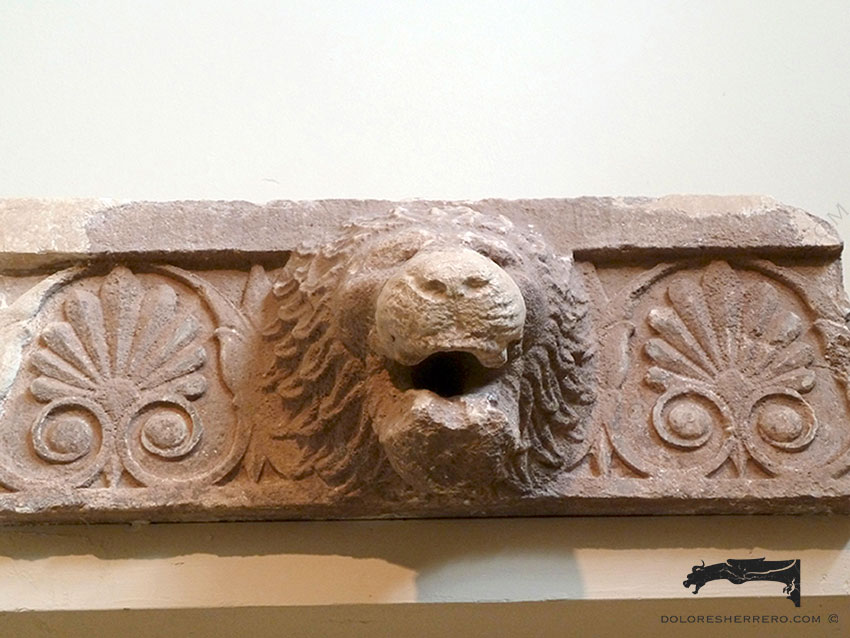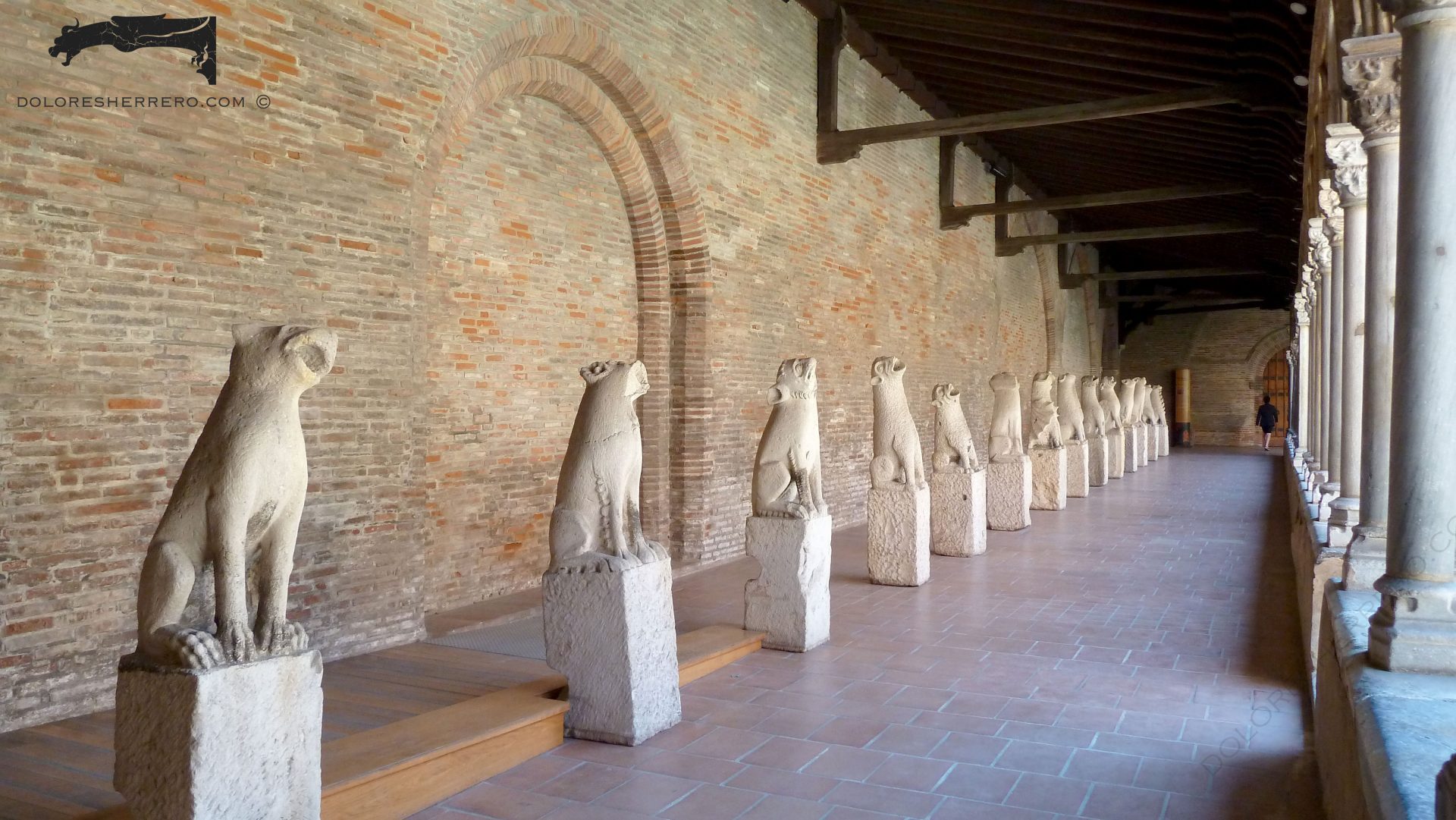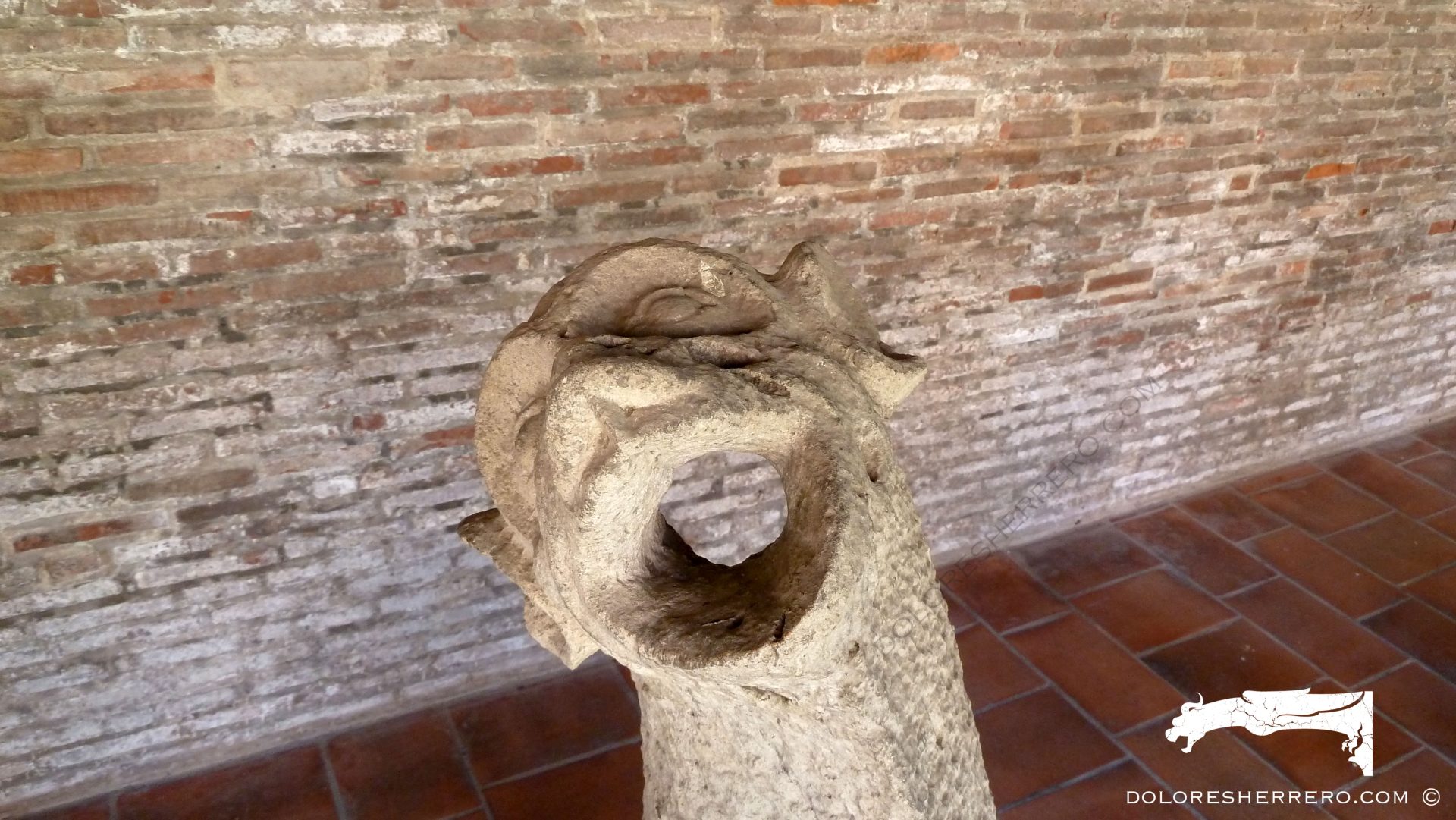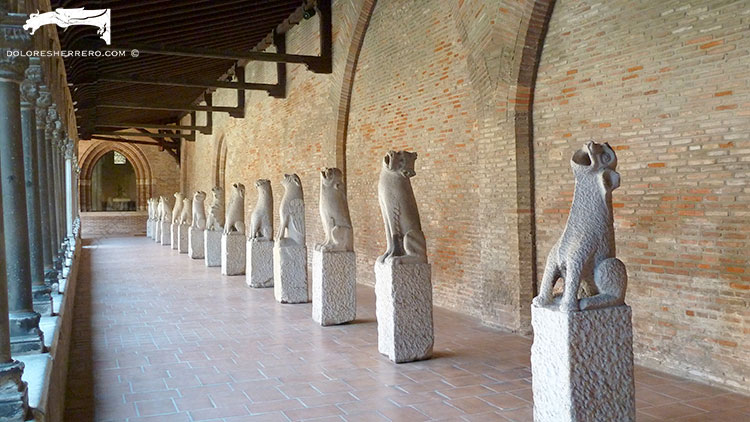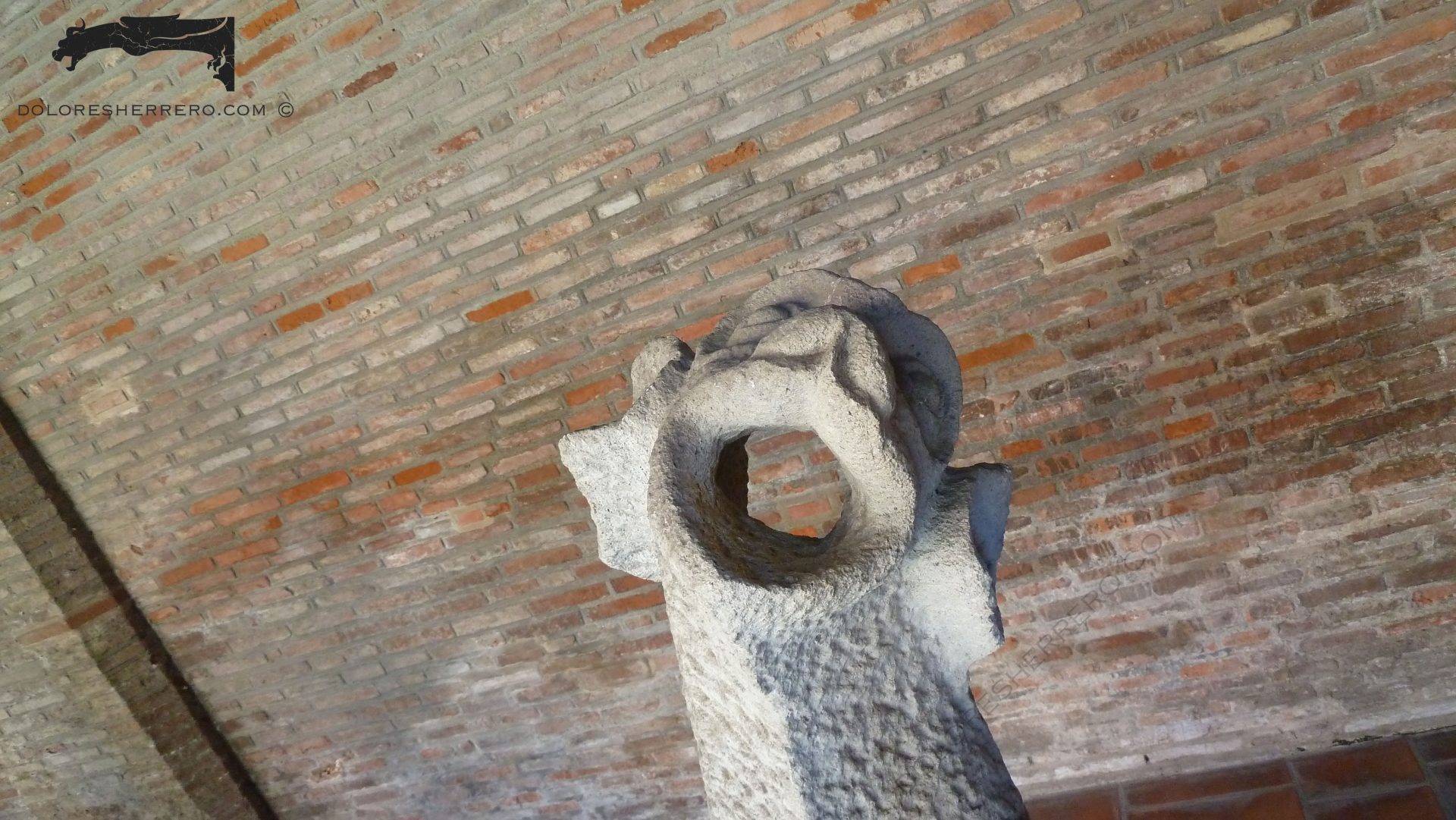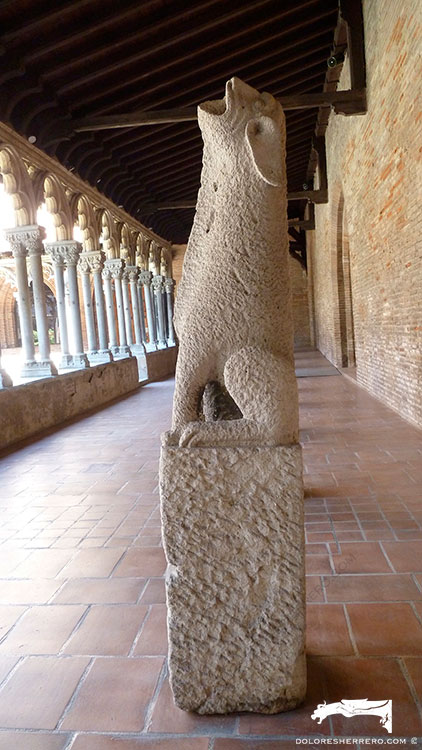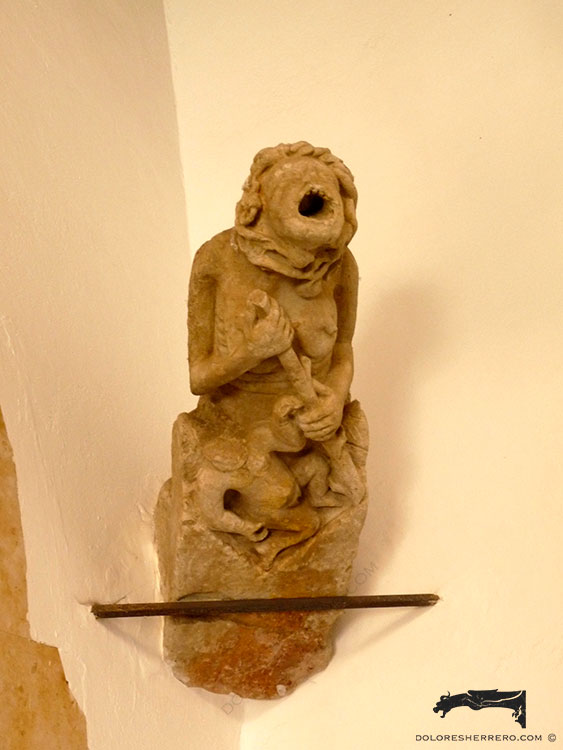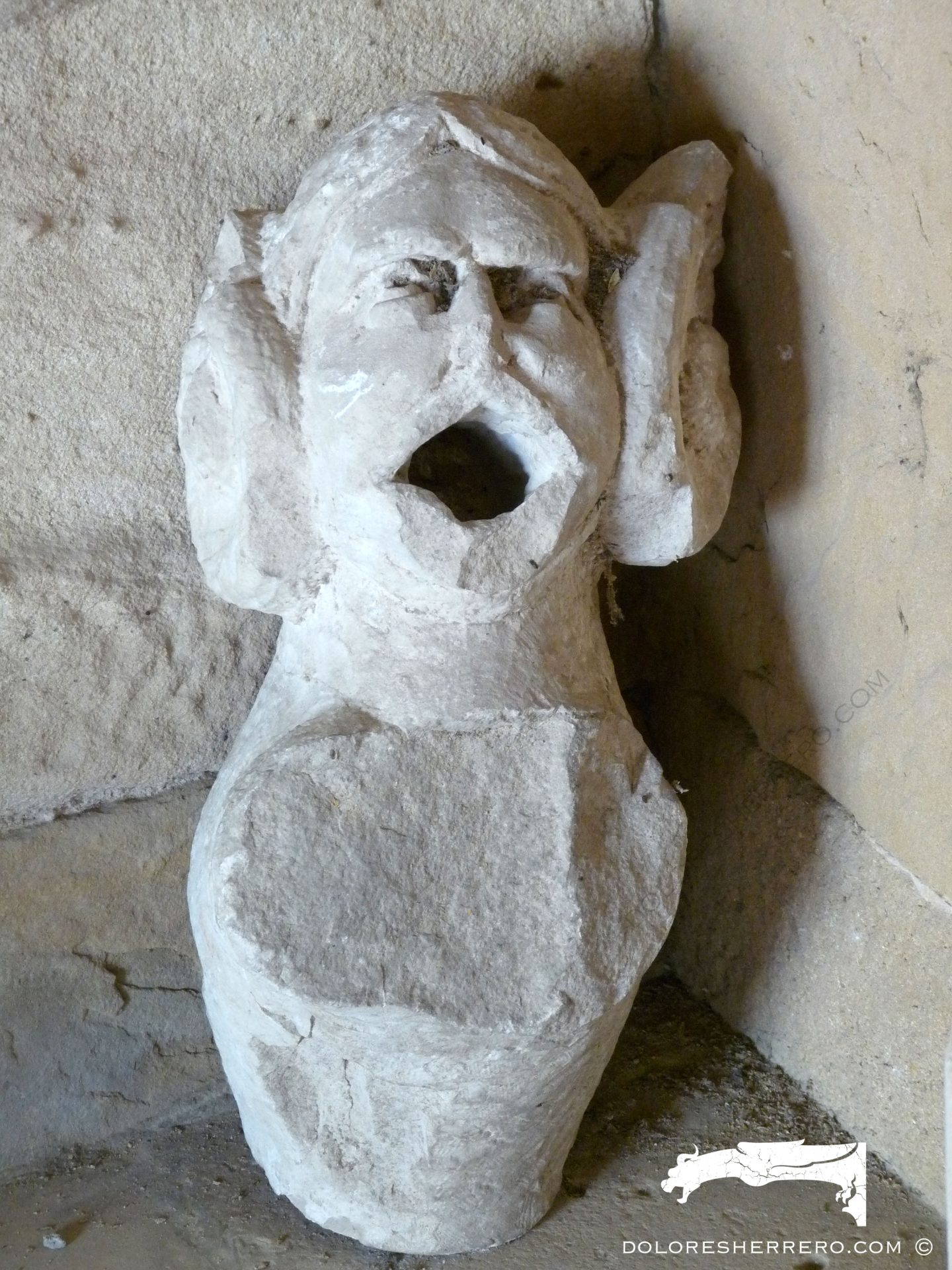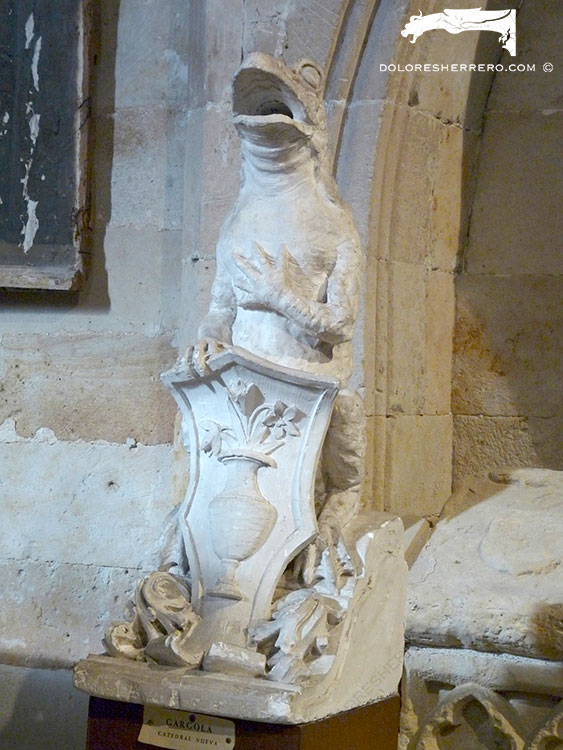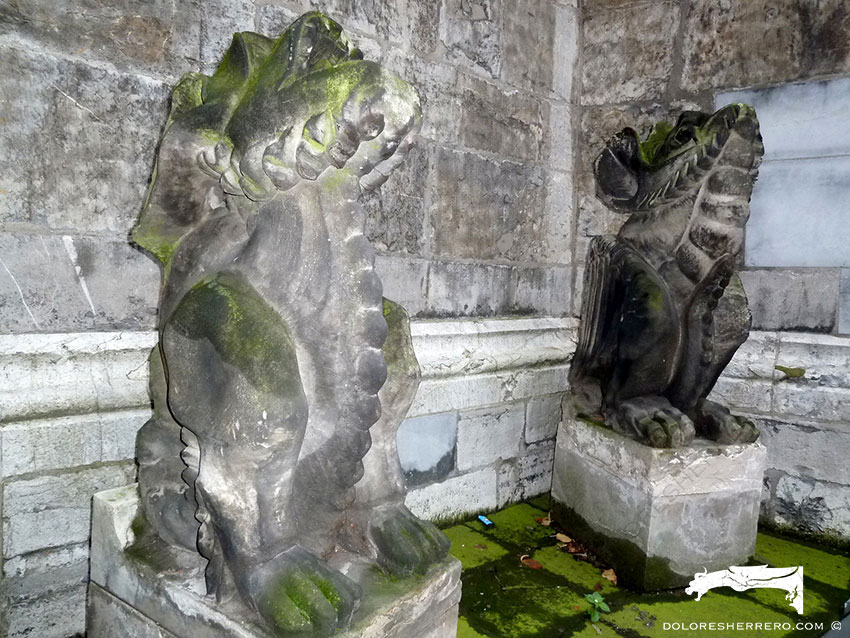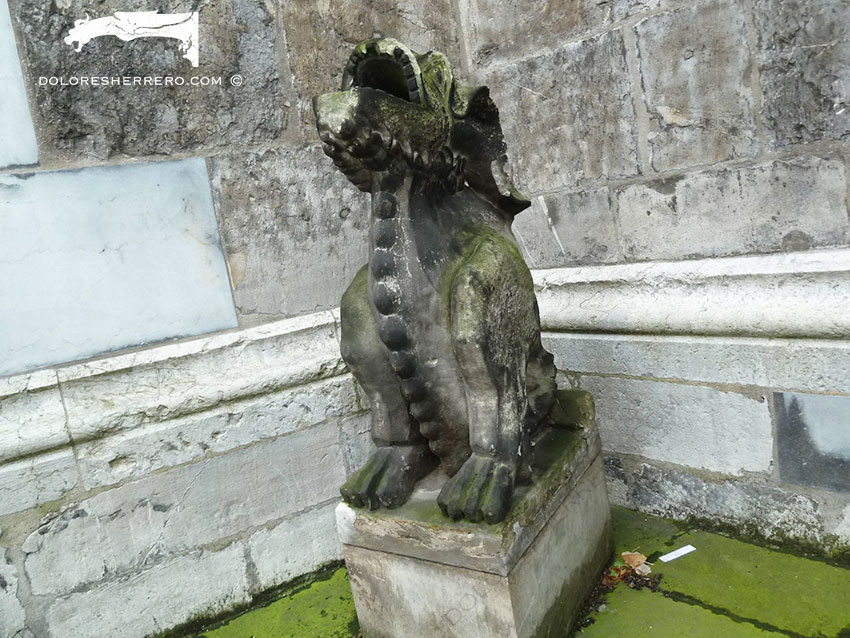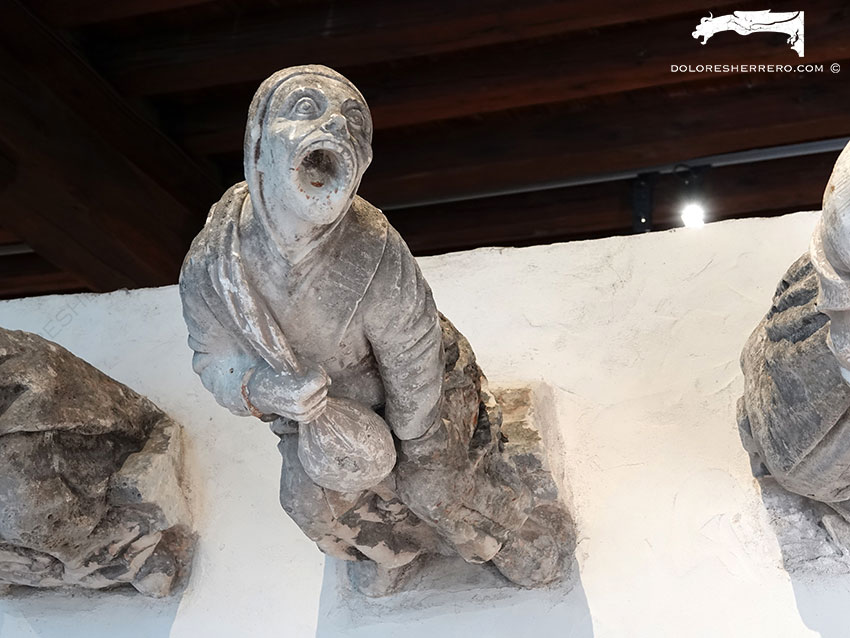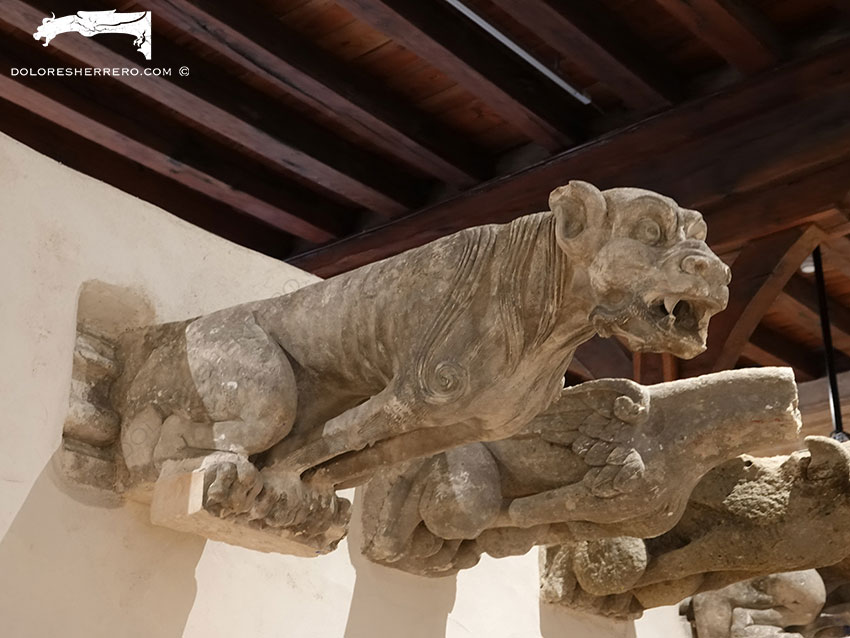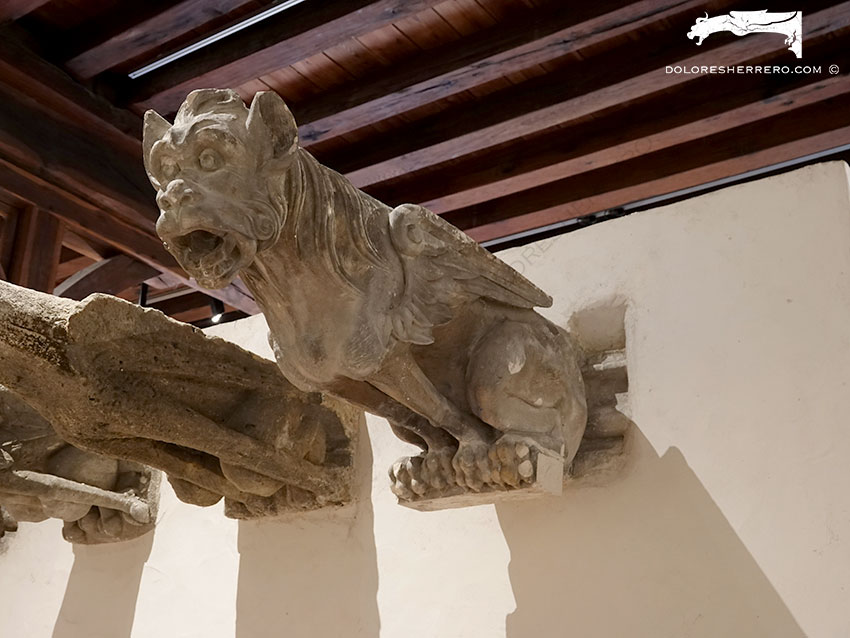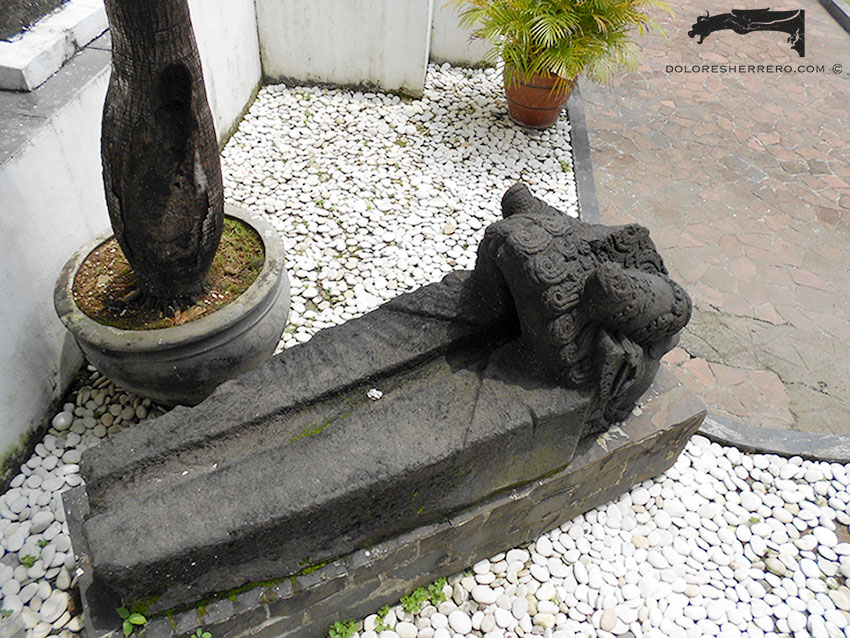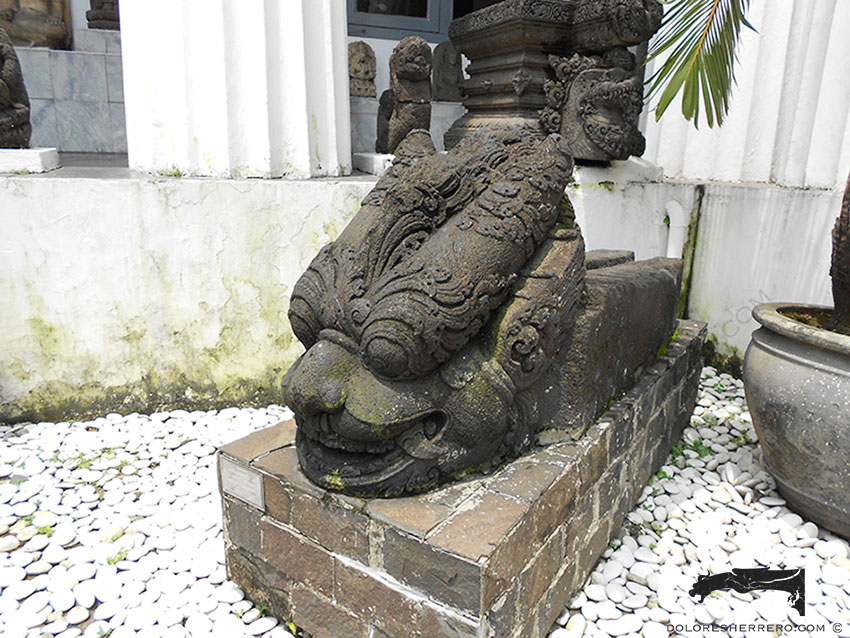As a tribute to our beloved gargoyles, we want to dedicate this post to a discussion of the gargoyle as a work of art and a museum exhibit.
The Gargoyle as a Work of Art: A Figure Forgotten for Centuries
Studying and compiling gargoyles involves tackling a series of difficulties. This fact could be the reason why, up to now, this topic has been the subject of few studies and, sadly, undervalued. There just isn’t much interest in gargoyles, with some authors even claiming that they have been despised in architecture.
Technical and Material Challenges in the Study of Gargoyles
When you delve into the causes of this lack of interest, firstly you have to take practical and technical factors into account, such as the location of the gargoyles (which means applying for permits to access rooftops, with the familiar problem of getting into some dangerous or inaccessible places); the scarcity of documentation and bibliography; the difficulty of photographing more distant gargoyles, something that has now been resolved thanks to modern camera equipment with zoom lenses; plus the serious damage they continually sustain due to weather conditions (rain, humidity, wind), chemicals (pollution), biological causes (birds, moss) and human action (lack of maintenance, direct attack) which, together with the disappearance of many figures, has led to repairs, restorations and reconstructions, in some cases acceptable but in others we’ve come across real aberrations.
A Functional Perspective That Obscured Their Artistic Value
Secondly, there’s another cause that could have led to this lack of interest. Gargoyles, as water spouts, have been seen as functional elements with a clear, precise use, which means that they have been treated simply as decorated drainage channels that are part of a set included in an architectural project.
From Gutter to Museum: The Artistic Reappraisal of the Gargoyle
Fortunately – especially in the last few years – gargoyles are being studied not just as part of a building’s monumental sculpture and considered as one of the expressions of marginal art, but as a work of art in its own right.
One of the signs that gargoyles have been attracting interest and importance as artworks is that they are being displayed in museums.
Speaking about the restorations carried out in the 19th century in the Cathedral of Notre-Dame in Paris, Michael Camille (1958-2002) points out that while other replaced elements, for example parts of the tympanum, were sent to the Louvre to be exhibited as great examples of French Gothic sculpture, the old weather-beaten gargoyles, regarded as functional and decorative, were left to decay as garden ornaments. It wasn’t until much later that gargoyles would become museum exhibits.
Luckily, we’re now seeing gargoyles in museums all over the world, preserved for the enjoyment of art and heritage lovers. Nowadays, gargoyles have artistic value and researchers from a range of disciplines (historians, architects, sculptors, etc.) study and compile them to try and rescue them from neglect and lack of interest.
The Gargoyle as a Unique Work of Art: Value, Beauty, and Preservation
Our greatest aim when studying and photographing gargoyles is to confirm their value, not only in general terms, but in their individuality as a unique image containing a stylistic and iconographic importance that tells us about an era with its art forms, ways of thinking and lifestyle. The gargoyle is a unique work of art, of great sculptural beauty and worthy of study and protection.
Gargoyles in Museums: A Sculptural Selection to Be Admired
- National Archaeological Museum of Athens (Greece)
- National Archaeological Museum of Athens (Greece)
- Augustins Museum (Toulouse, France)
- Augustins Museum (Toulouse, France)
- Augustins Museum (Toulouse, France)
- Augustins Museum (Toulouse, France)
- Augustins Museum (Toulouse, France)
- Augustins Museum (Toulouse, France)
- Augustins Museum (Toulouse, France)
- Provincial Museum (Salamanca, Spain)
- Alcobaça Monastery (Portugal)
- Salamanca Cathedral Museum (Spain)
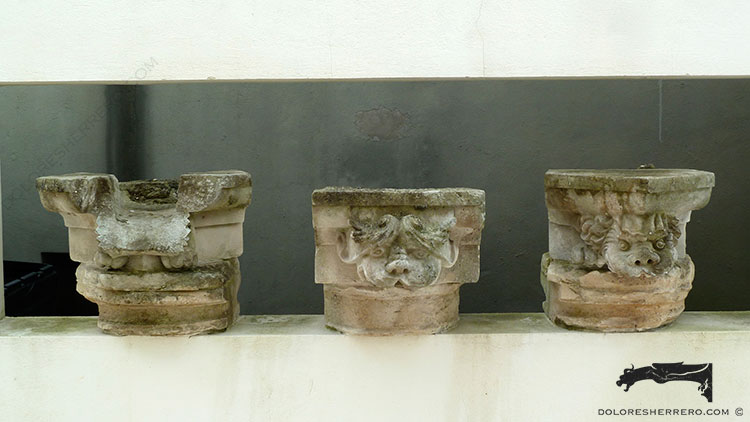
Espaço Museu. Paróquia da Gloria (Aveiro, Portugal)
- Aachen Cathedral Museum (Germany)
- Aachen Cathedral Museum (Germany)
- Museum of the Château Royal de Blois (France)
- Museum of the Château Royal de Blois (France)
- Museum of the Château Royal de Blois (France)
- Museum of the Château Royal de Blois (France)
- National Museum of Indonesia (Jakarta)
- National Museum of Indonesia (Jakarta)
Bibliography
CAMILLE, M., The Gargoyles of Notre-Dame. Medievalism and the Monsters of Modernity, Chicago and London, The University of Chicago Press, 2009.
HALDANE, S., Faces on Places. About Gargoyles and Other Stone Creatures, New York, The Viking Press, 1980.
MORALES BAENA, A. M., Las gárgolas del claustro del monasterio de San Juan de los Reyes de Toledo, Tesis inédita dirigida por M. Prieto Prieto, Departamento de Pintura-Restauración. Facultad de Bellas Artes. Universidad Complutense de Madrid, 1994 (leída en 1995).

Doctor of Art History and researcher specializing in the study of gargoyles.
I am Dolores Herrero Ferrio, and my thesis, “An Approach to the Study of Gargoyles of Gothic Cathedrals in Castilla and León”, is dedicated to the study of these fascinating figures.
If you like gargoyles and art history, you will also enjoy my book, “The Gargoyle and Its Iconography,” a book I have written with great care for those interested in the world of gargoyles.
I have created my own Encyclopedia of Gargoyles, a Gargopedia to share with you, where you will discover all the secrets and wonders of these enigmatic sculptures.
I hope you enjoy this Gargopedia as much as I have enjoyed creating it, and remember that each gargoyle has a story to tell, and here you will discover them all.
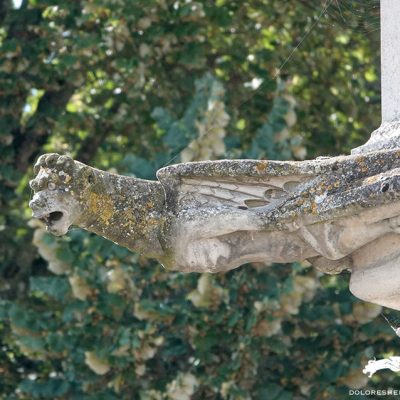 Gargoyles Encapsulating Symbols and Meanings
Gargoyles Encapsulating Symbols and Meanings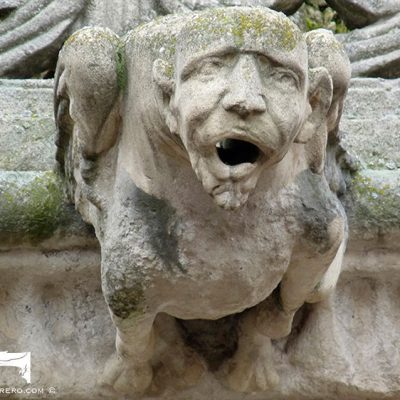 Gargoyles and Expressiveness. A Look at Their Visual Power in Sculptural Art
Gargoyles and Expressiveness. A Look at Their Visual Power in Sculptural Art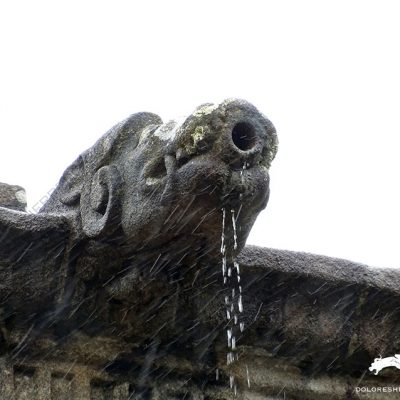 Gargoyles: Definition and Function in Medieval Architecture
Gargoyles: Definition and Function in Medieval Architecture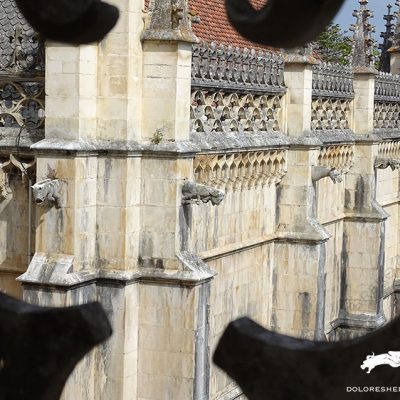 Gargoyles and Their Typologies: An Introduction to Their Multiple Forms
Gargoyles and Their Typologies: An Introduction to Their Multiple Forms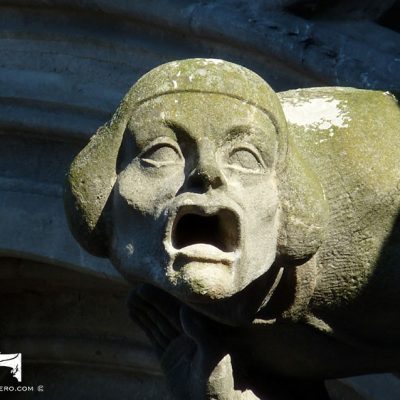 Gargoyles and Their Fascination in the History of Art: Essential Quotes from Distinguished Authors
Gargoyles and Their Fascination in the History of Art: Essential Quotes from Distinguished Authors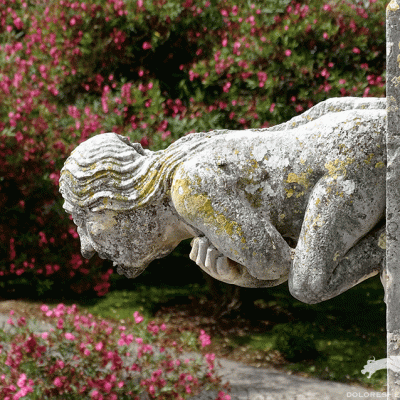 La mujer y su representación en las gárgolas
La mujer y su representación en las gárgolas Gárgolas y su fascinación en la Historia del Arte: citas imprescindibles de autores destacados
Gárgolas y su fascinación en la Historia del Arte: citas imprescindibles de autores destacados
